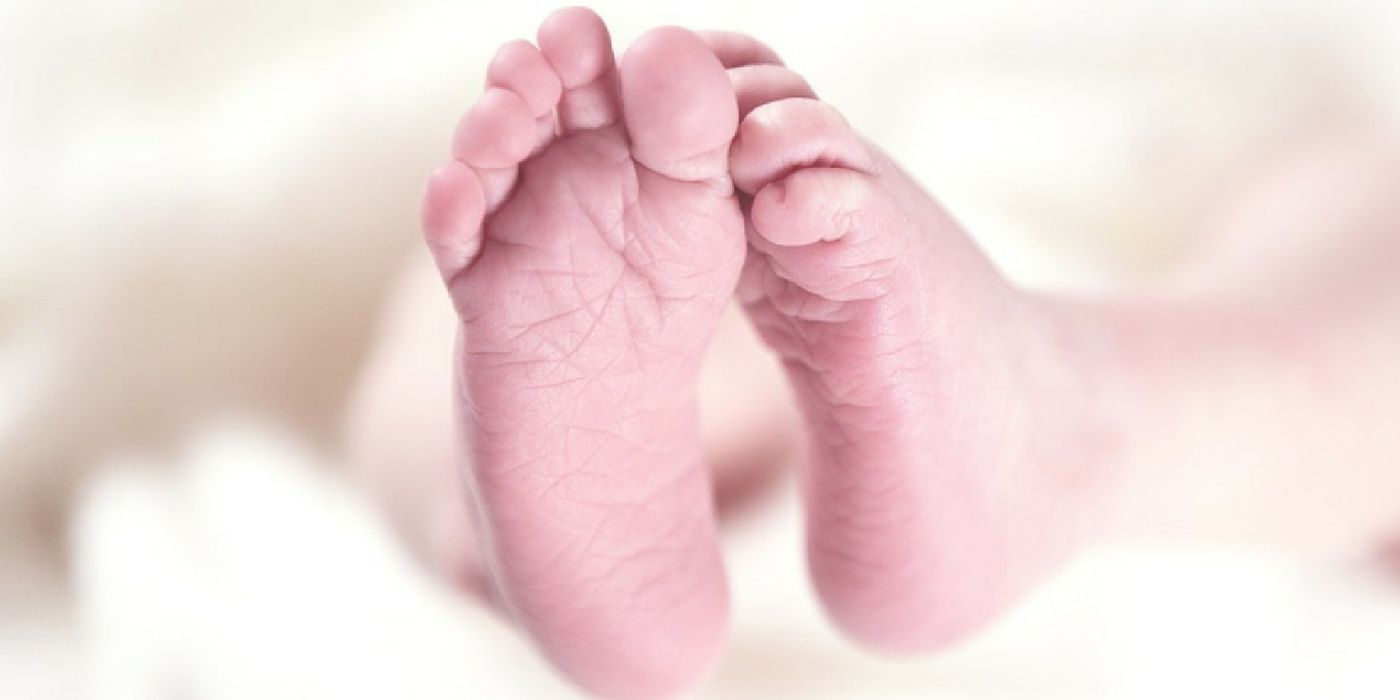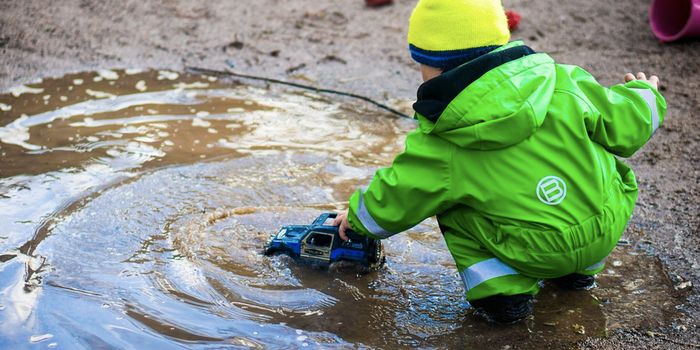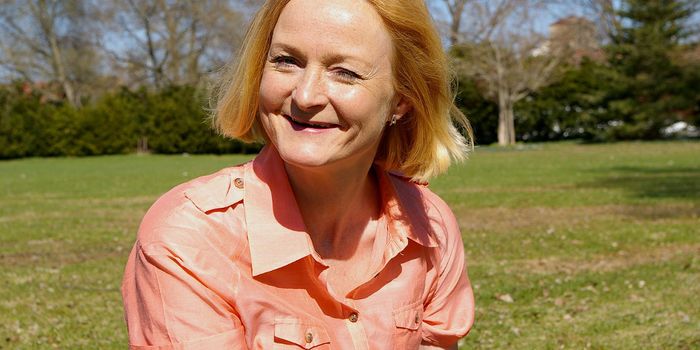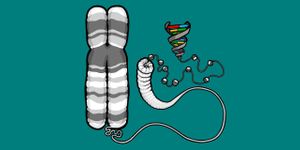Diagnosed: Baby 'Pregnant' with Half-Formed Twin
There are still aspects of pregnancy and childbirth that continue to baffle the most experienced doctors. The most recent example of this comes from an Indian baby who was born “pregnant” with his twin brother.
When the 19-year-old mother-to-be from Mumbai, India, was pregnant, a routine ultrasound scan revealed an abnormal mass with calcification inside the fetus. Upon delivering the baby nine days later, doctors discovered the source of the mass: a partial fetus that was located behind the baby’s stomach.
The rare phenomenon is known medically as “fetus in fetu,” which translates to “fetus within fetus,” and only occurs in about 1 in 500,000 births. Doctors think this situation occurs when there are twin embryos, but one twin develops abnormally within the body of the other twin. Often, the engulfed twin will have recognizable features of fetal development, such as a face, teeth, and even hair. In the case of the Indian baby, doctors found the 5.3 ounce mass to have arms, legs, and a brain, but no skull.
It’s suspected that there may be less than 200 cases of fetus in fetu around the world. In some instances, some people may not even know that they are carrying around their twin. One such case involved an English woman who unknowingly carried her partial twin inside her ovary for over 4 decades. It wasn’t until she experienced severe period pain that doctors discovered the partial fetus in her ovary, complete with a face, eye, tooth, and black hair.
Because the condition is so rare and doctors only find out after the fact, scientists don’t really know exactly how fetus in fetu happens. The common hypothesis is that when the identical twin embryos fold to form their bodies in early pregnancy, one twin can fold into the other as it’s developing. The surviving fetus engulfs and absorbs the partial fetus. Where it was absorbed determines the location of the fetus in fetu later on. Doctors have documented finding fetus in fetu in the chest, skull, and scrotum, among other locations.
As the twins still share the same cord and placenta, the partial fetus has to rely on the surviving host twin for nutrition. This relationship has been described as “parasitic,” since the absorbed twin could be seen as stealing nutrients from the surviving host twin. Indeed, in some cases, the baby who survives is born in a malnourished state.
As for the Indian baby, doctors determined that he had a twin brother. Fortunately, both the mother and newborn baby are in good health and recovering well.
Additional sources: Metro UK, Live Science









